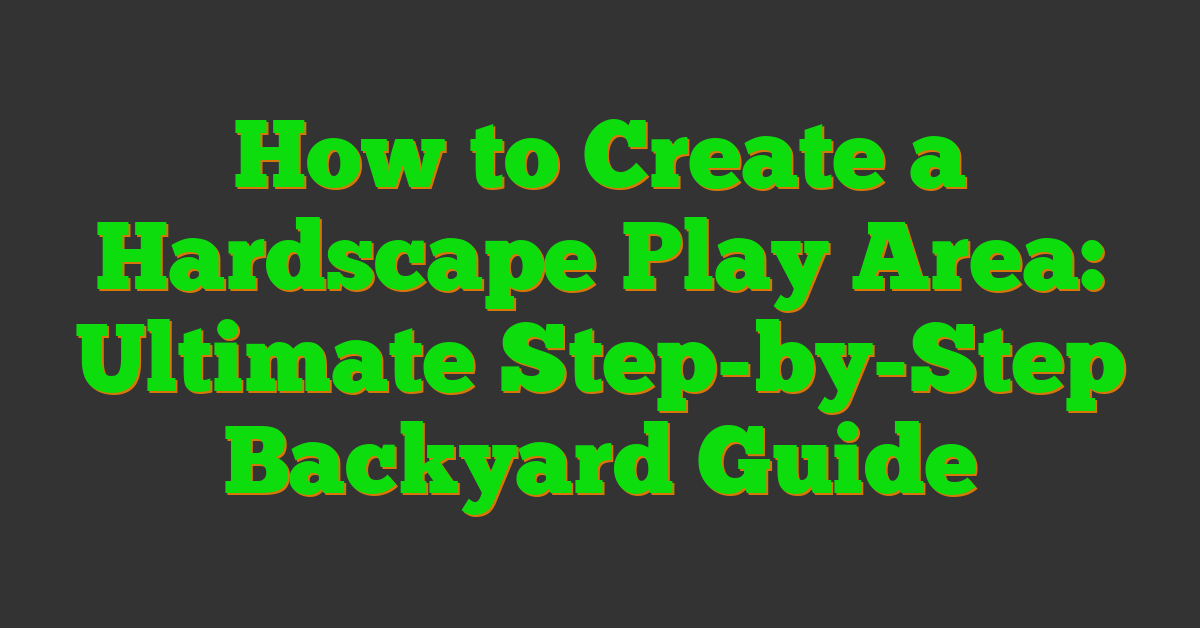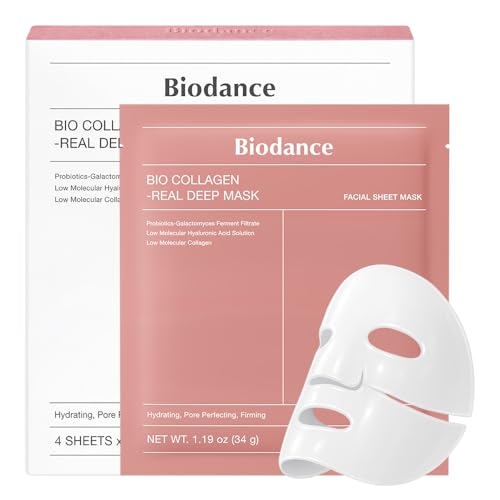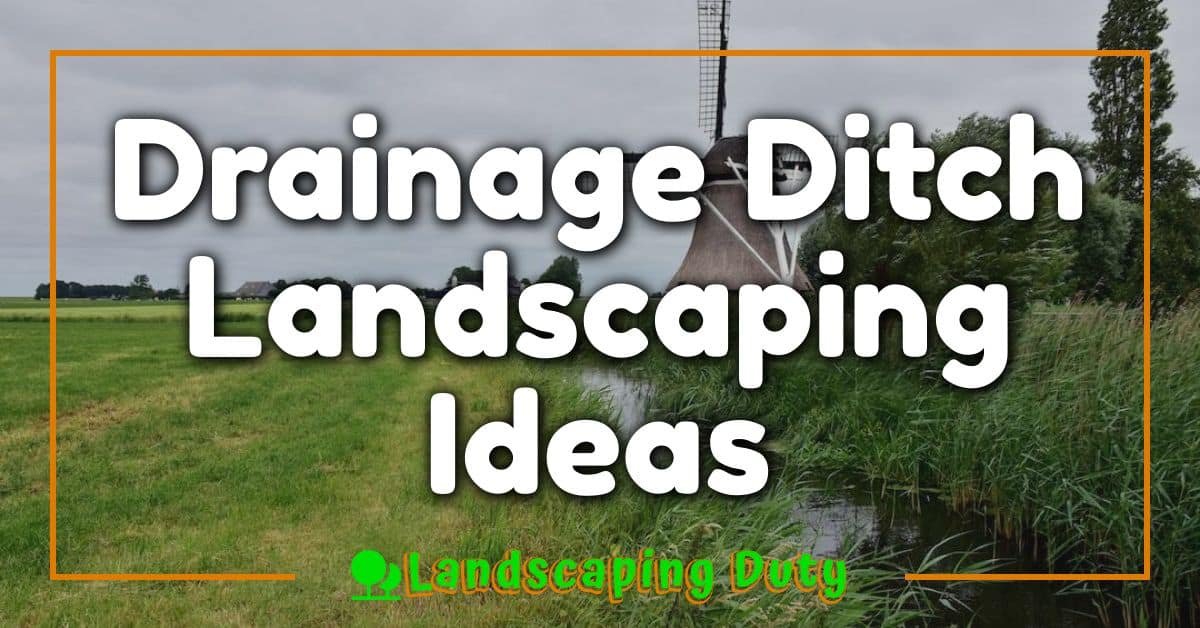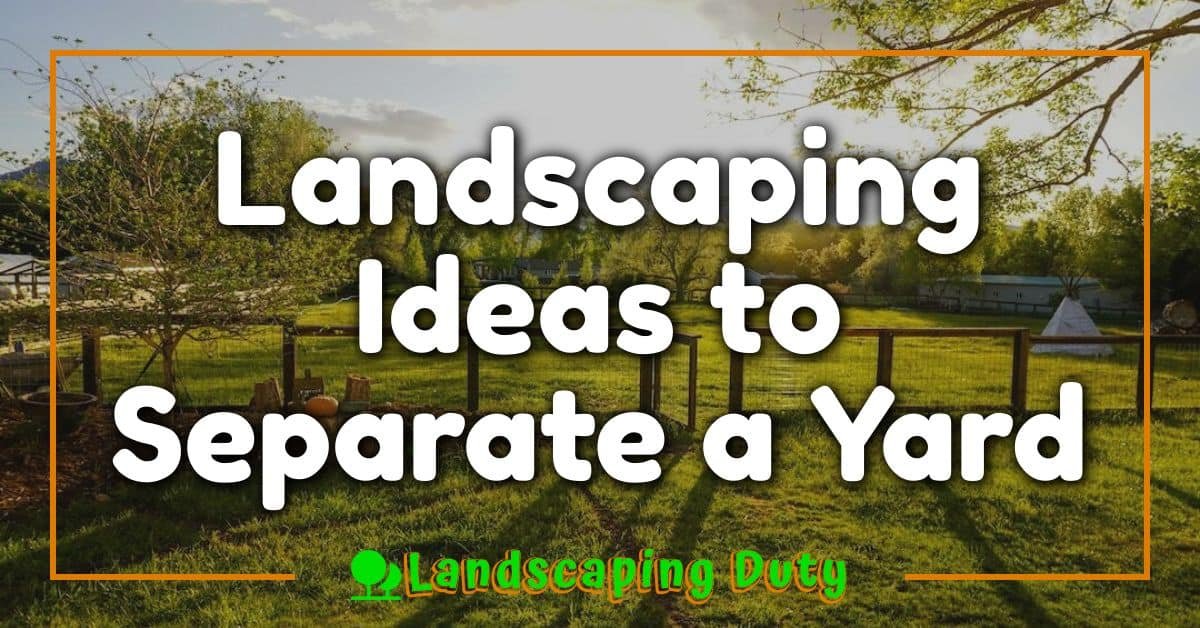Creating a hardscape play area can transform your backyard into a fun and functional space for both kids and adults. I’ve always loved the idea of blending natural elements with sturdy structures to craft a playground that’s both safe and stylish.

From choosing the right materials to designing engaging features, there’s so much to consider. In this guide, I’ll walk you through the essential steps to build a hardscape play area that your family will enjoy for years to come.
Planning Your Hardscape Play Area
Planning ensures your hardscape play area meets your family’s needs and fits seamlessly into your backyard.
Choosing the Right Location
Selecting the optimal location starts with evaluating your yard’s sunlight and drainage. If the area receives ample sunlight, it promotes natural playtime. Ensuring proper drainage prevents water accumulation, maintaining a safe surface. Additionally, proximity to your house offers easy supervision and access to utilities if needed.
Determining the Size and Layout
Calculating the play area’s size involves measuring available space and considering the number of children using it. For example, a 20×20-foot area accommodates swings and a sandbox. Designing the layout requires placing equipment strategically to allow ample movement. Including pathways and seating areas enhances functionality and aesthetics.
Selecting Appropriate Materials
Choosing the right materials ensures durability and safety in your hardscape play area. I focus on elements that withstand weather and daily use.
Pavers and Stones
I select pavers and stones for pathways and play structures due to their strength and variety. Options include concrete pavers, natural stone, and brick. For example, concrete pavers offer versatility, while natural stone provides a rustic look. I ensure each material is slip-resistant and properly installed to prevent shifting.
Safety Surfacing
Safety surfacing protects children and enhances the play area’s functionality. I use materials like rubber mulch, poured-in-place rubber, and synthetic turf. Rubber mulch absorbs impacts effectively, reducing injury risks. Poured-in-place rubber offers a seamless surface, and synthetic turf provides a soft, low-maintenance option. I prioritize surfaces that meet safety standards and complement the overall design.
Installation Steps
Installing your hardscape play area involves precise steps to ensure safety and longevity. Here’s how I approach the process:
Preparing the Ground
I begin by clearing the area of any debris, rocks, and vegetation. Next, I level the ground using a shovel and a tamper to achieve a flat surface. Proper grading directs water away from the play area, preventing drainage issues and maintaining the integrity of the installation.
Laying the Base
I lay a 4-inch layer of crushed gravel to create a stable foundation. Then, I spread landscape fabric to reduce weed growth and soil mixing. Using a plate compactor, I compact the gravel firmly, ensuring a solid base for the hardscape elements and enhancing the area’s durability.
Assembling Hardscape Elements
I position the pavers and stones according to the layout plan, ensuring accurate alignment and spacing. Each piece is securely fitted using sand or mortar for added stability. I install play structures, pathways, and seating areas, making sure all components are firmly in place and safely constructed for long-term use.
Incorporating Play Features
Enhancing your hardscape play area with thoughtful features boosts both its appeal and functionality. I select elements that ensure safety and maximize enjoyment for everyone.
Integrating Play Structures
I incorporate durable play structures that suit the space and meet safety standards. Key options include:
- Slides: Choose steel or fiberglass slides for longevity and smooth surfaces.
- Swing Sets: Opt for wooden or metal frames that can support multiple swings.
- Climbing Walls: Use natural stone or treated wood to create safe climbing areas.
- Seesaws: Select balanced materials to ensure safe and enjoyable play.
Each structure is securely anchored and spaced adequately to allow free movement and interaction.
Adding Landscaping Elements
Landscaping elements enhance the beauty and functionality of the play area. I include:
- Shrubs and Trees: Provide shade and create natural boundaries.
- Flower Beds: Add color and attract butterflies and bees.
- Pathways: Use pavers or gravel to guide movement and separate different play zones.
- Seating Areas: Install benches or picnic tables for caregivers to relax.
- Lighting: Incorporate solar or low-voltage lights for safety and visibility after dark.
These landscaping features create a balanced and inviting environment, making the play area enjoyable for both children and adults.
Maintenance and Safety Tips
Regular Cleaning and Inspection
I clean the play area weekly to remove debris and prevent mold growth. Inspect all surfaces for cracks or wear to maintain safety and appearance.
Maintaining Surface Integrity
I check safety surfacing monthly, ensuring rubber mulch or synthetic turf remains even and free from hazards. Replace any damaged sections promptly to uphold impact protection.
« Regional Plant Guide: Colorado Edition – Explore 100+ Native Species Hiring a Landscaper: What You Need to Know About Costs »
Safety Checks for Equipment
I inspect play structures every two weeks, tightening bolts and ensuring stability. Look for signs of rust or damage and address them immediately to prevent accidents.
Seasonal Maintenance
I prepare the play area for each season by clearing leaves in the fall and checking for ice hazards in the winter. In spring, I refresh the landscaping and ensure all equipment functions properly after cold weather.
Ensuring Proper Drainage
I monitor drainage systems regularly, clearing any blockages in gutters and downspouts. Proper drainage prevents water accumulation, reducing slip risks and preserving the integrity of hardscape materials.
Child Safety Measures
I install and maintain safety signage where needed and ensure all play equipment meets current safety standards. Educate children on safe play practices to minimize the risk of injuries.
Tool and Equipment Storage
I store maintenance tools and equipment securely to prevent unauthorized access. Keeping the area organized ensures efficient upkeep and reduces potential safety hazards.
Pest Control
I regularly check for pests that could damage the play area or pose risks to children. Implement eco-friendly pest control methods to maintain a safe and healthy environment.
Lighting Maintenance
I ensure all outdoor lighting is functional and replace any burnt-out bulbs promptly. Proper lighting enhances visibility during evening play and deters unwanted activities.
Record Keeping
I maintain a maintenance log, documenting inspections, repairs, and updates. Keeping detailed records helps track the play area’s condition and plan future maintenance effectively.
Conclusion
Creating a hardscape play area has been a rewarding project for me watching my backyard transform into a fun and safe space for my family. Seeing the smiles and hearing the laughter makes all the effort worthwhile. I hope your hardscape play area brings as much joy and lasting memories to your home as it has for mine.
Embracing the blend of durability and style has truly enhanced our outdoor living. With a little planning and creativity you can craft a space that’s both beautiful and functional. Enjoy the process and the wonderful play area you’ve built for your loved ones.
















